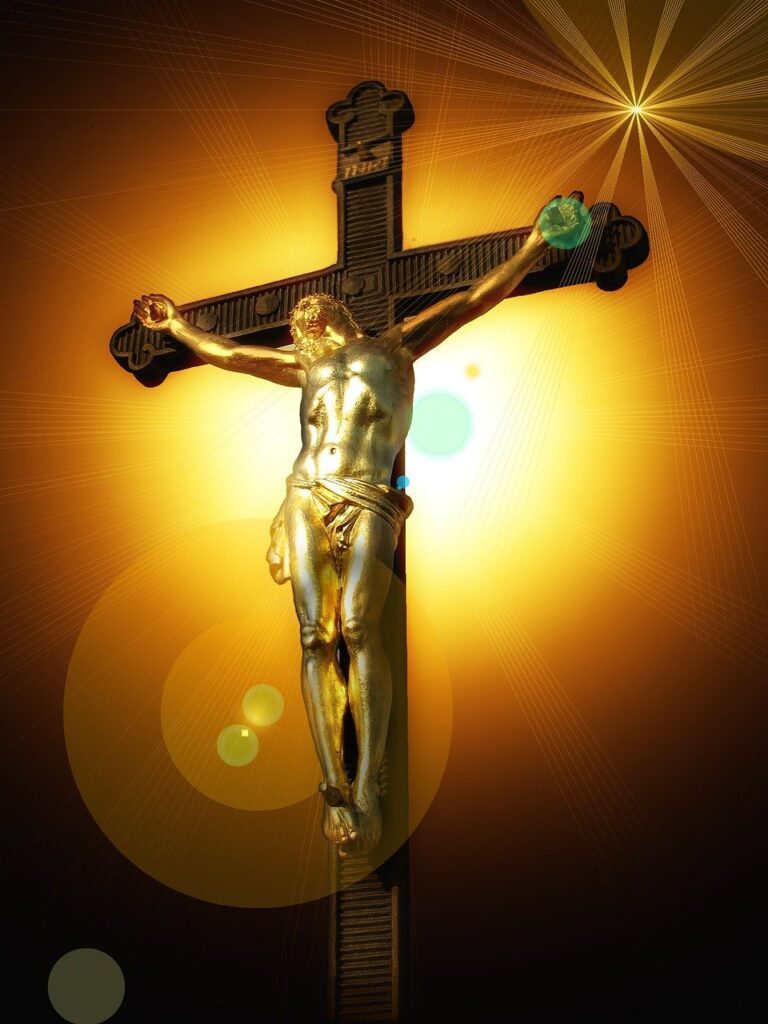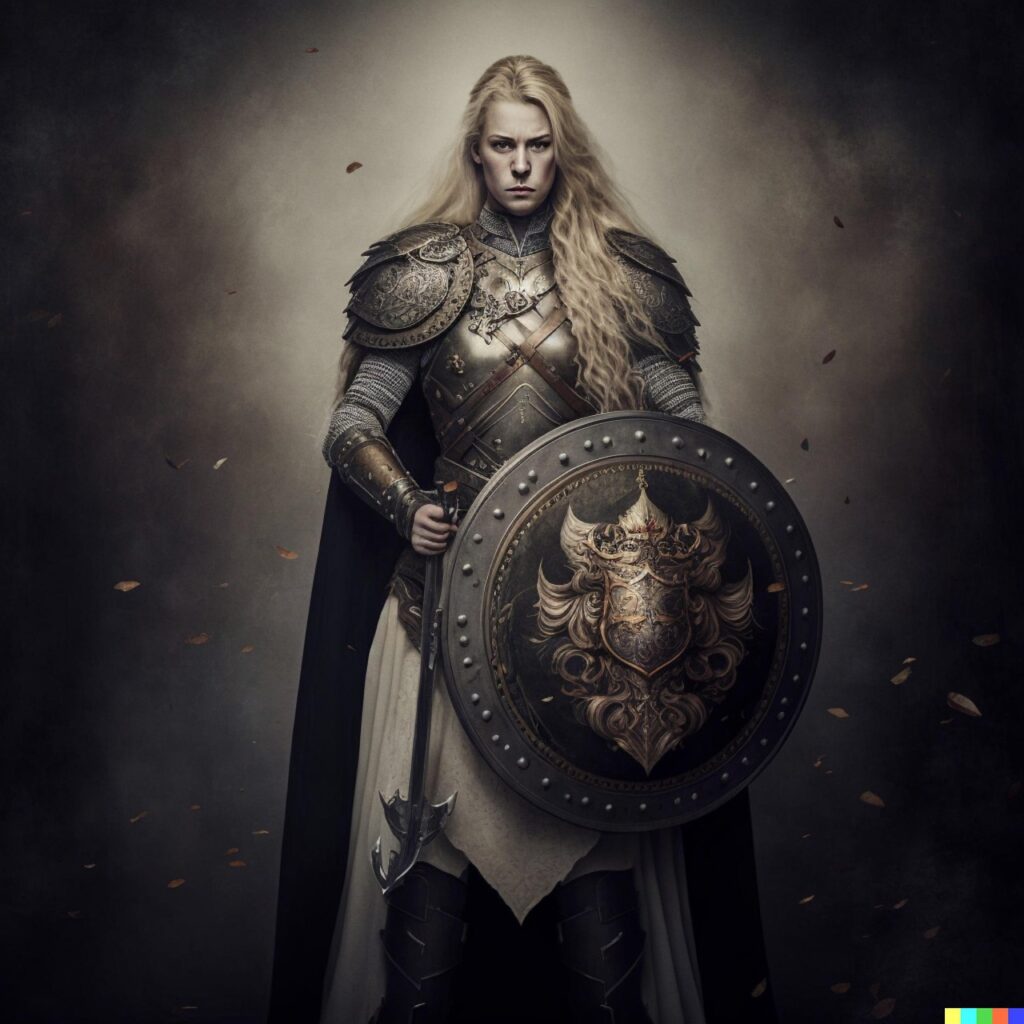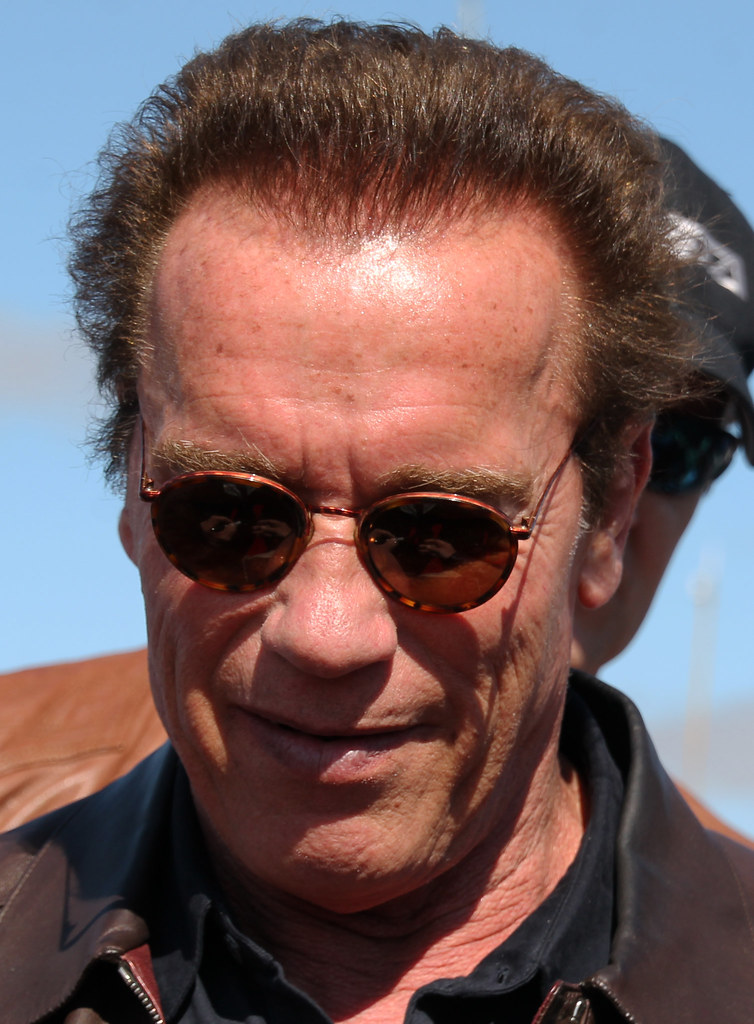
The celestial tapestry of Abrahamic religions is richly woven with figures of immense power and profound significance, none perhaps more ubiquitous and enduring than Michael, often revered as Saint Michael the Archangel. From ancient Jewish mysticism to foundational Christian narratives and sacred Islamic texts, Michael emerges as a warrior of God, a guardian, and an intercessor, whose presence spans millennia and resonates deeply within billions. His story is not merely theological doctrine but a vibrant narrative that has shaped art, literature, and culture.
To grasp Michael’s influence, one must embark on an expansive journey through sacred texts, historical traditions, and devotional practices that enshrine him. We delve into his earliest mentions, tracing his evolution from guardian prince to cosmic warrior, exploring nuanced interpretations across faiths, and appreciating his multifaceted roles—roles speaking to humanity’s quest for divine protection, justice, and salvation. This exploration unveils intricate layers of meaning, presenting a compelling narrative of his enduring legacy.
This slideshow article illuminates fourteen distinct facets of Archangel Michael’s profound story. From his initial appearances in Jewish apocalyptic literature to his revered status as a patron saint, each segment offers a meticulously researched glimpse into his spiritual and cultural impact. We begin by examining his genesis in Jewish tradition, a testament to his ancient roots and the bedrock for his subsequent veneration across Abrahamic traditions.

1. **Michael’s Genesis in Jewish Tradition: Guardian and Chief of Angels**
The earliest surviving mentions of Michael’s name resonate within third and second-century BC Jewish works, often apocalyptic, where he is consistently presented as a figure of immense authority. He is recognized as “the chief of the angels and archangels,” a designation that instantly sets him apart and signals his unparalleled position in the celestial hierarchy. This early introduction suggests a widespread understanding and reverence for him before these texts.
Crucially, these ancient narratives establish Michael as “the guardian prince of Israel” and clearly state his responsibility for “the care of the people of Israel.” This specific role imbues him with profound national and covenantal significance within Judaism, portraying him as an active, divine protector deeply involved in Israel’s destiny.
The Book of Enoch further solidifies Michael’s exalted status, listing him as one of seven archangels who “stand ready and enter before the glory of the Lord.” While part of a distinguished group, Michael’s pre-eminence is consistently implied, forming a vital foundation for his extensive veneration and theological development.
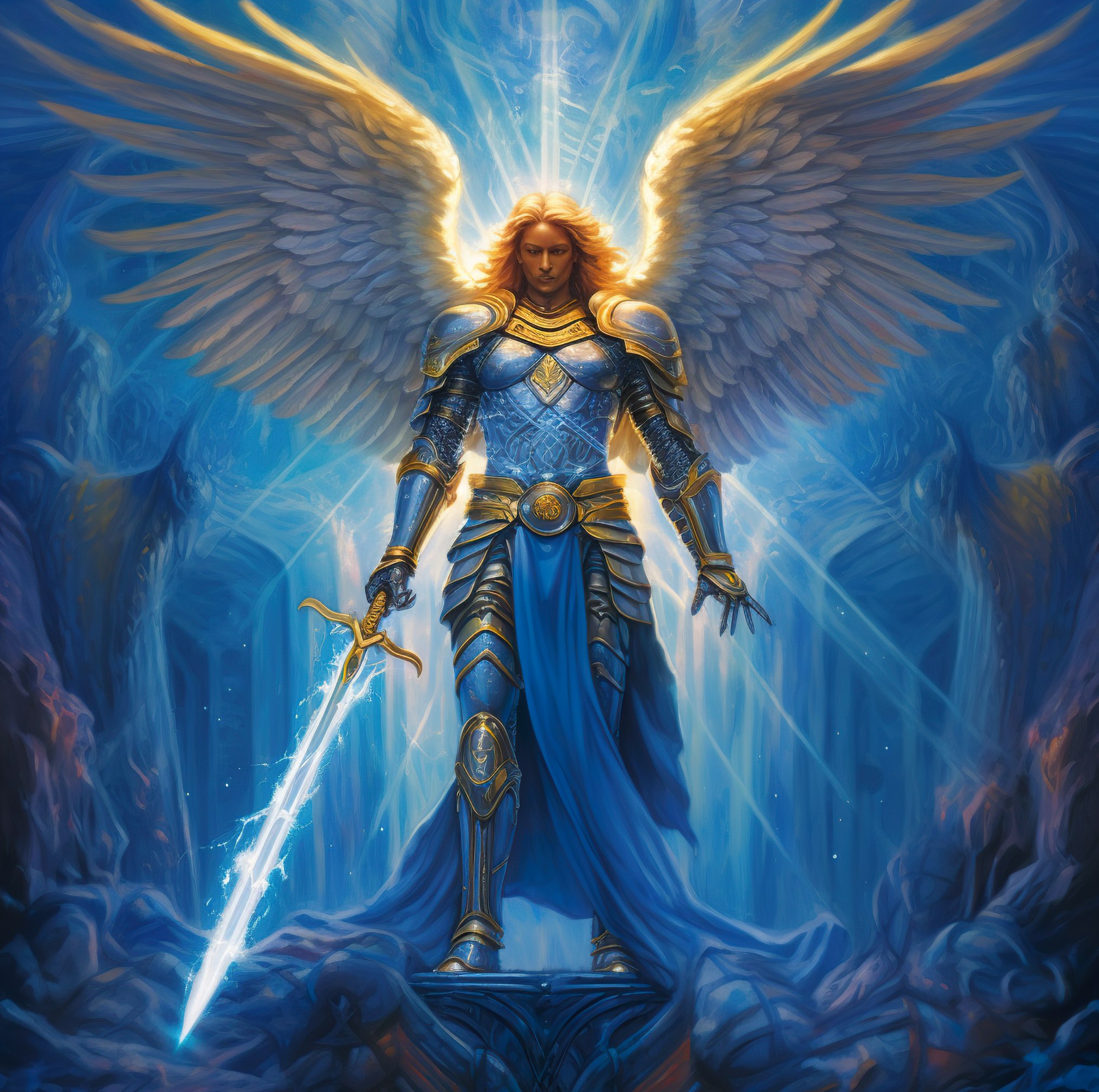
2. **The Archangel’s Apocalyptic and Intercessory Roles in Early Judaism: Mediator and Heavenly High Priest**
The Book of Daniel, a second-century BC Jewish apocalypse, offers compelling insights into Michael’s cosmic conflicts, establishing his persona as a celestial warrior. A “man clothed in linen” reveals to Daniel that he and “Michael, your prince” are locked in a relentless “battle with the ‘prince of Persia’.” This introduces angelic principalities, positioning Michael as Israel’s divine champion shaping worldly events.
Beyond his combative nature, Michael is prophesied to “arise” at the “end-time,” recognized as “the great prince who protects your people.” This eschatological dimension underscores his ultimate protective function during pivotal moments of salvation and judgment. Qumran traditions depict him as the leader and defender of God’s people in the “eschatological battle,” highlighting his indispensable military role.
Later Jewish works expand Michael’s role to profound intercession. He is described as the chief of angels, “mediating the Torah (the Law of God),” and “standing at the right hand of the throne of God,” signifying intimate proximity to divine authority. He also serves as Israel’s advocate, “contesting Satan’s claim to the body of Moses,” and even functions “as High Priest in the heavenly sanctuary,” portraying a sacred priestly role.
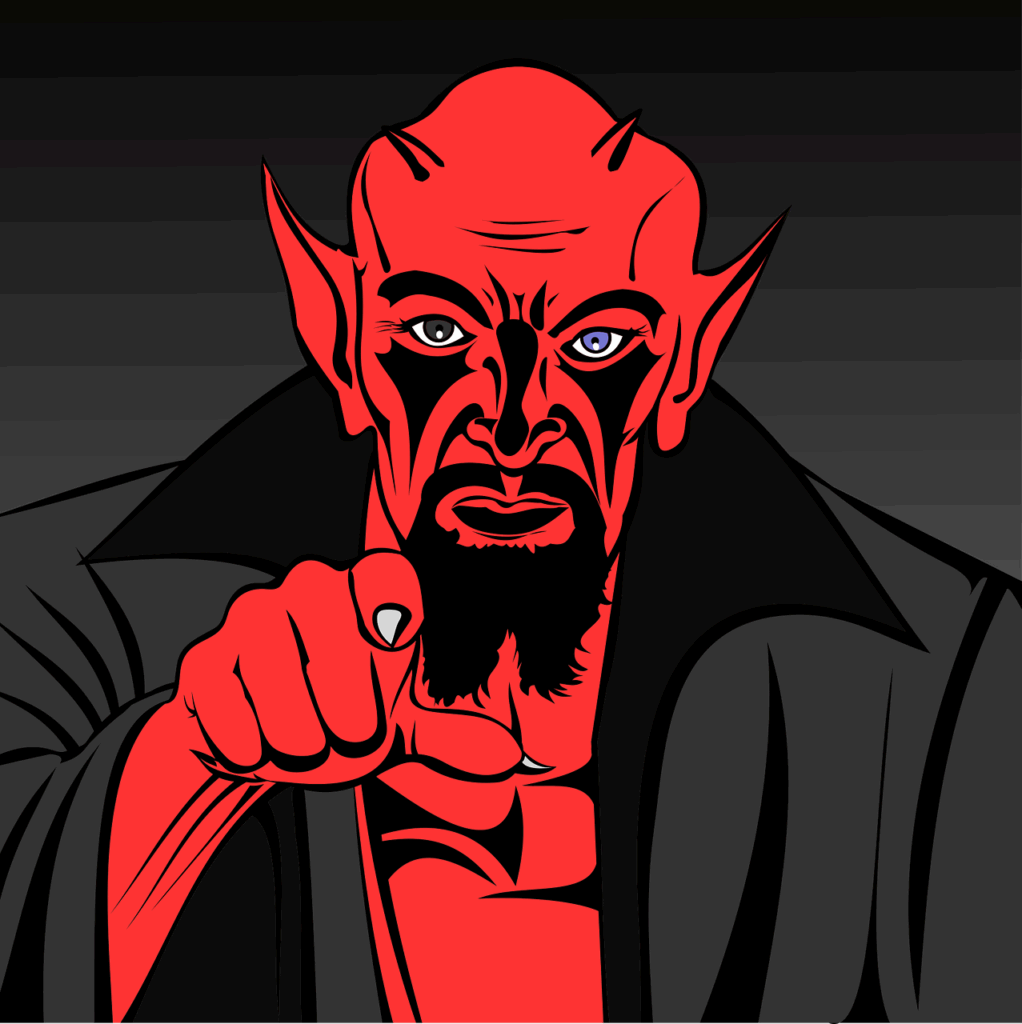
3. **New Testament Revelations: Michael’s Cosmic Conflict with Satan**
Christianity preserves Jewish traditions of Michael but features him explicitly in New Testament texts, solidifying his universal stature. Revelation 12:7–12 dramatically depicts a celestial war where Michael is central: “Michael is mentioned explicitly… where he does battle with Satan and casts him out of heaven so that he no longer has access to God as accuser.”
This heavenly confrontation holds profound theological weight. “The fall of Satan at the coming of Jesus marks the separation of the New Testament from Judaism,” signaling a new era where Satan’s accusatory power is broken by Michael’s victory. This establishes Michael as the primary divine agent against evil, a formidable adversary to Satan.
Furthermore, the Epistle of Jude offers another crucial glimpse into Michael’s character. In verses 9–10, the author contrasts presumptuous slander with the Archangel’s restrained conduct. Jude recounts Michael, “in disputing with Satan over the body of Moses, ‘did not presume to pronounce the verdict of ‘slander’ but said, ‘The Lᴏʀᴅ punish you!'” This illustrates Michael’s respect for divine judgment, deferring to God’s ultimate power.
4. **Early Christian Devotion: Healer and Protector from Plague**
As Christianity spread, Michael’s veneration deepened, acquiring new dimensions in believers’ devotional lives. In early communities, especially in Phrygia (modern-day Turkey), Michael “was venerated as a healer,” a role likely rooted in ancient traditions linking divine figures with restorative powers. This association became a cherished aspect of his cult, addressing humanity’s need for restoration.
The Michaelion, the earliest and most famous sanctuary dedicated to Michael, became a significant center for healing veneration. Built by Constantine the Great, this site was “also associated with healing waters.” The confluence of an archangel with miraculous springs created a potent symbol of divine intervention, drawing pilgrims seeking cures and inspiring numerous similar churches.
Beyond healing, Michael emerged as a powerful protector during crises. His saving image extended to Rome, where “into the sixth century, the view of Michael as a healer continued.” Following a devastating plague, the sick would “sleep at night in the church of Castel Sant-Angelo (dedicated to him for saving Rome), waiting for his manifestation.” This faith underscored belief in his intercession, transforming Hadrian’s mausoleum into a sacred space imbued with Michael’s protective aura.
5. **The Warrior Iconography: Michael Slaying the Dragon, a Defining Symbol**
The enduring image of Archangel Michael as a formidable warrior, typically in full armor, triumphantly slaying a serpent or dragon, is among the most recognizable in Christian art. This powerful iconography is deeply intertwined with historical events and theological interpretations from the early fourth century. “A painting of the Archangel slaying a serpent became a major art piece at the Michaelion after Constantine defeated Licinius near there in 324,” a pivotal moment for this visual motif.
Emperor Constantine was instrumental in solidifying this imagery, viewing his adversary Licinius as “an agent of Satan and associated him with the serpent described in the Book of Revelation (12:9).” After his victory, Constantine commissioned art depicting himself and his sons “slaying Licinius represented as a serpent”—a symbolism “borrowed from the Christian teachings on the Archangel to whom he attributed the victory.”
Consequently, this “similar painting, this time with the Archangel Michael himself slaying a serpent, then became a major art piece at the Michaelion and eventually lead to the standard iconography of the Archangel Michael as a warrior saint.” This artistic convention became a potent theological statement, embodying the triumph of good over evil, and divine power over demonic forces. Michael, armed with his sword, became the archetypal “spiritual warrior,” symbolizing the “battle within” every believer.
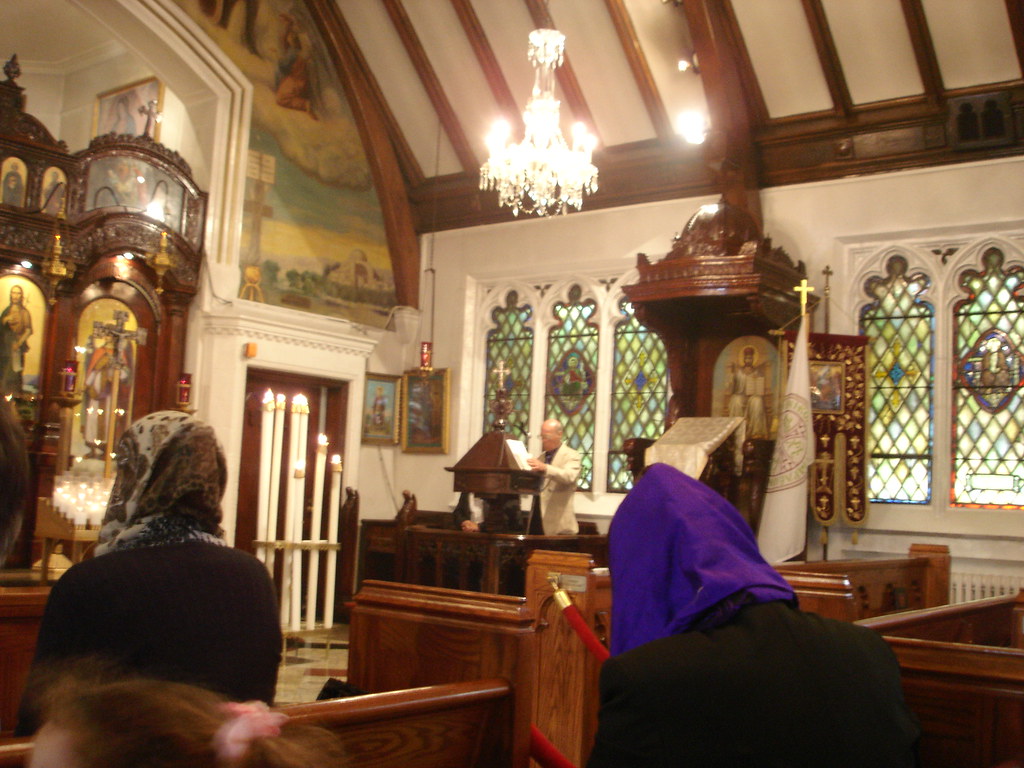
6. **Hierarchical Ascendance: Michael’s Pre-Eminent Place Among Angelic Orders**
Beyond his active roles as healer and warrior, early Christian theologians meticulously systematized the celestial hierarchy, and Archangel Michael consistently emerged as a figure of pre-eminent rank. Saint Basil the Great, a highly influential fourth-century Church Father, placed “Saint Michael over all the angels” in his homily, *De Angelis*. He explained Michael was called “Archangel” because “he heralds other angels,” reflecting the title in Jude 1:9.
The angelology formulated by Pseudo-Dionysius, influential writings from the sixth century, further solidified Michael’s standing within a structured angelic hierarchy. While these texts meticulously categorized various choirs, Michael consistently occupied a high position. This intellectual endeavor to map celestial realms reflected a desire to understand divine order, with Michael as a central, anchoring figure.
Later luminaries, such as Bonaventure in the thirteenth century, “believed him to be Prince of the Seraphim, the first of the nine angelic orders,” placing him at the apex of the hierarchy. Conversely, Thomas Aquinas assigned him to “Prince of the last and lowest choir, the Angels” (Summa Ia. 113.3). These differing scholastic interpretations universally affirmed Michael’s unique leadership and authority, underscoring his unparalleled significance.

7. **Catholicism’s Multifaceted Michael: Leader, Guide, and Guardian of the Church**
Within Roman Catholic teachings, Archangel Michael holds “four main roles or offices,” defining his comprehensive function in the divine economy. Catholics invoke him as “Holy Michael, the Archangel” or “Saint Michael.” His first role: “leader of the Army of God and the leader of celestial forces in triumphing over the powers of Hell,” cementing his identity as the ultimate “spiritual warrior” and a model for believers in “the battle within.”
Michael’s second and third roles revolve around death and judgment. He is revered as “the angel of death, carrying the souls of Christians to Heaven,” serving as a compassionate guide. His third role involves him in the ultimate accounting: “he weighs souls on his perfectly balanced scales,” a common motif in religious art. This underscores his participation in the Last Judgment, ensuring fairness and truth in the eternal reckoning of human lives.
Finally, in his fourth pivotal role, “Saint Michael, the special patron of the Chosen People in the Old Testament, is also Guardian of the Church.” This expands his protective duties to the New Covenant community, making him a steadfast defender. Historically embraced by “military orders of knights,” he remains the patron saint of numerous cities and countries. The “Prayer to Saint Michael” encapsulates this enduring guardianship against evil.
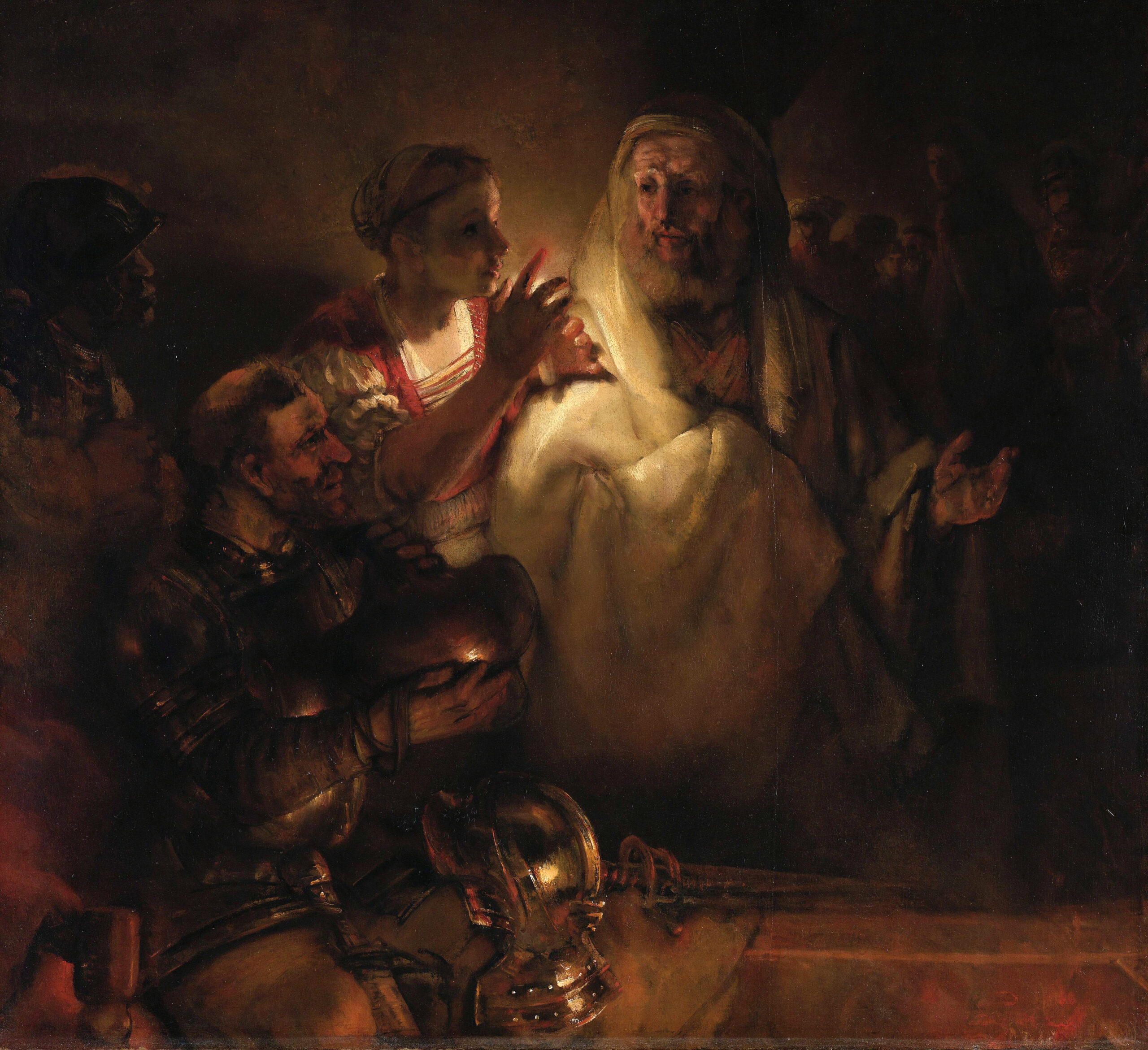
8. **Eastern and Oriental Orthodoxy: Archistrategos of the Heavenly Hosts**
Crossing the theological divide, the Eastern Orthodox Church accords Michael a title of profound authority: Archistrategos, or “Supreme Commander of the Heavenly Hosts.” Devotion to angels has always been a robust and integral part of Eastern Orthodoxy, with believers fervently praying to their guardian angels and, pre-eminently, to Michael and Gabriel. This tradition recognizes angels not merely as celestial messengers, but as active “Bodiless Powers” deeply involved in the spiritual lives of humanity.
Throughout the year, a calendar brimming with feasts testifies to Michael’s revered status within the Eastern Orthodox world, celebrating various aspects of his divine service. He is a frequent presence in Eastern Orthodox hymns and prayers, his formidable yet benevolent image widely utilized in icons that grace countless churches. In many of these sacred depictions, Christ himself is often accompanied by a host of angels, with Michael frequently portrayed as a predominant and anchoring figure among them.
Michael’s profound influence extends geographically and culturally. In Russia, his veneration is enshrined in a multitude of monasteries, cathedrals, and churches, testament to his enduring spiritual guardianship. Ukraine, too, proudly claims Archangel Michael as the patron saint of its vibrant capital city, Kyiv, a devotion that gained widespread popularity since the time of Prince Vsevolod of Kievan Rus’. Even in the Serbian Orthodox Church, where Saint Sava holds a special place, the patriarchal cathedral of Belgrade, a central spiritual edifice, is devoted to Archangel Michael, underscoring his universal importance.
Similarly, the Coptic Orthodox Church of Alexandria reveres Michael as a saintly intercessor of immense compassion and power. He is believed to be the one who meticulously presents the prayers of the just to God, who accompanies the souls of the departed to heaven, guiding them gently, and who stands as a formidable force against the devil. His liturgical celebration occurs on the 12th of each Coptic month, while specific feasts commemorate the dedication of a church to him in Alexandria in the early fourth century and his appointment as chief of the angels on the 12th of the month of Hathor.
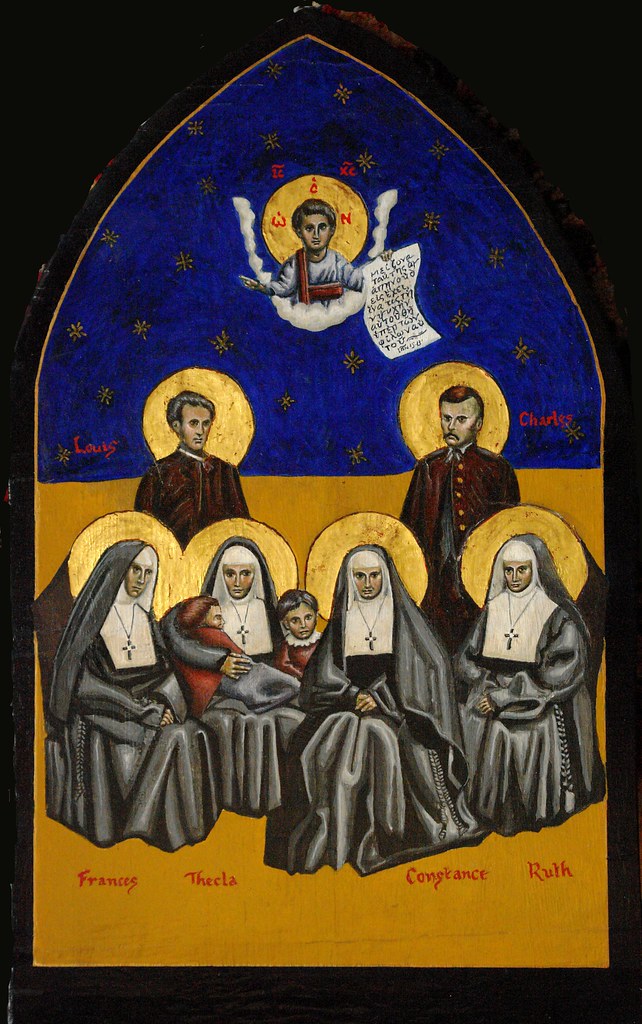
9. **Protestant Traditions: From Archangel to Analogues of Christ**
Moving westward, Protestant traditions generally acknowledge Michael as an archangel, recognizing his powerful presence in biblical narrative. Within the Anglican and Methodist traditions, he is often counted among four prominent archangels, alongside Raphael, Gabriel, and Uriel, each carrying significant theological weight. Interestingly, the controversial Anglican bishop Robert Clayton, in the 18th century, even proposed that Michael was the divine Logos and Gabriel the Holy Spirit, a view that sparked considerable debate and controversy in its time.
Michael’s impact extends into the cultural and artistic fabric of Protestantism. Prominent Lutheran Churches, such as St. Michael’s Church in Hamburg and St. Michael’s Church in Hildesheim, bear his name, illustrating a deep-seated reverence. During the era of Johann Sebastian Bach, the annual feast of Michael and All the Angels on September 29th was a significant occasion in Lutheran churches, for which Bach composed several festive cantatas, including the chorale cantata *Herr Gott, dich loben alle wir*, BWV 130, and *Es erhub sich ein Streit*, BWV 19, demonstrating his enduring liturgical and artistic inspiration.
Perhaps one of the most profound and unique interpretations within Protestant thought is the identification, whether typological or identical, of Michael with Christ himself. Many esteemed Protestant theologians, including Martin Luther, Ernst Wilhelm Hengstenberg, and John Calvin, explored this intricate relationship. This perspective posits Michael not merely as a high-ranking angel, but as a pre-existent manifestation or representation of Jesus Christ, lending Michael an even more exalted and central role in salvation history.
Illustrating this conviction, figures like Charles Spurgeon, a renowned Baptist preacher, explicitly declared Jesus to be “the true Michael” and “the only Archangel,” underscoring a belief in Christ’s singular supremacy. Similarly, John Gill, commenting on Jude 9, asserted that Michael the archangel referred not to “a created angel, but an eternal one, the Lord Jesus Christ.” These interpretations elevate Michael beyond a mere angelic being, positioning him as a divine figure integral to the very essence of God’s redemptive plan.
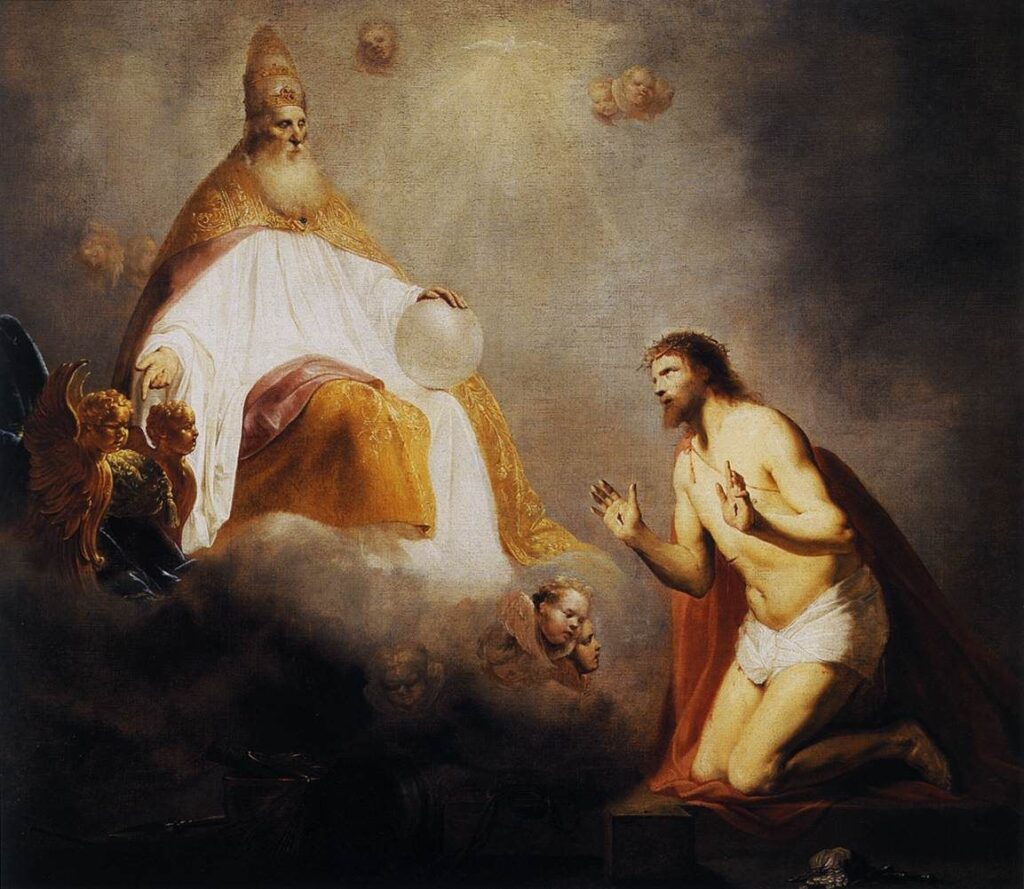
10. **Restorationist Faiths: Michael as the Pre-Existent Christ and Adam**
Restorationist faiths offer distinct and compelling interpretations of Archangel Michael, often linking him directly to central figures of their theology. Seventh-day Adventists, for instance, hold that “Michael” is not a separate entity but one of the many titles ascribed to the pre-existent Christ, or the Son of God. For Adventists, this view harmonizes perfectly with the belief in Jesus Christ’s full deity and eternal preexistence, far from diminishing his person or work. They perceive Michael as the “eternal Word,” the very agent through whom all things were brought into existence, who later became incarnate as Jesus.
They further contend that the name “Michael” itself, signifying “One Who Is Like God,” coupled with his role as “Archangel” or “chief or head of the angels,” inherently points to his divine nature. The dramatic account in Revelation 12:7–9, depicting Michael leading the angels in battle against Satan, is therefore understood as a direct reference to Jesus in his pre-incarnate, celestial form, solidifying his identity as the supreme divine warrior.
Jehovah’s Witnesses share a similar identification, believing Michael to be another name for Jesus in his pre-human and post-resurrection existence in heaven. They emphasize the definite article in Jude 9, referring to “Michael the archangel,” as identifying him as the singular archangel, a unique entity. This perspective views Michael as synonymous with the Christ described in 1 Thessalonians 4:16, who descends “with a cry of command, with the voice of an archangel, and with the sound of the trumpet,” implying his authoritative, angelic leadership.
For Jehovah’s Witnesses, the prominent roles assigned to Michael in prophetic books like Daniel 12:1 and Revelation 12:7, 19:14, and 16 – leading God’s people, standing up, fighting Satan’s wicked forces, and protecting God’s covenant people on earth – are identical to the roles of Jesus. This aligns them as the same spirit being, the chief messenger chosen to vindicate God’s sovereignty. They also identify Michael with the “Angel of the Lord” who guided the Israelites through the wilderness, yet emphasize that Michael, even as Jesus, is not to be worshipped directly.
Members of The Church of Jesus Christ of Latter-day Saints present another unique, yet equally profound, identification. They believe that Michael is Adam, the biblical progenitor of humanity, also known as the Ancient of Days as foretold in Daniel 7. This view places him as a prince and the patriarch of the human family, a figure of immense primordial importance. Furthermore, they hold that Michael assisted Jehovah, the pre-mortal form of Jesus, in the majestic creation of the world under the direct guidance of God the Father, Elohim. Under the Father’s direction, Michael also played the pivotal role in casting Satan out of heaven, underscoring his foundational role in the divine drama of creation and cosmic conflict.

11. **Michael’s Esteemed Place in Islam: The Angel of Mercy**
In Islam, Michael, or Mīkāʾīl, is revered as one of the four principal archangels, often paired closely with Jibril (Gabriel), alongside ʾIsrāfīl (the trumpeter angel) and ʿAzrāʾīl (the angel of death). Unlike his frequent explicit mentions in Jewish and Christian texts, Michael is mentioned only once in the Quran, specifically in Quran 2:98, where his pairing with Gabriel serves to reject a claim made by the Jews of Medina that Gabriel was an enemy of Michael. In hadith and tafsir literature, the meaning of his name is occasionally interpreted as “ʿabd Allāh,” meaning “Servant of God,” highlighting his devout submission.
Within Islamic tradition, Michael is predominantly associated with divine mercy and intercession. He is described as continually asking God for forgiveness on behalf of humanity, embodying a boundless compassion. Notably, he is recounted as one of the first angels who humbly obeyed God’s command to bow before Adam, a testament to his unwavering obedience. A beautiful tradition relates that from the very tears of Michael, angels of mercy are created to serve as his celestial helpers, further cementing his benevolent role.
While Gabriel is the primary messenger who delivers divine revelations to humans, Michael also functions as a crucial messenger, albeit one who delivers messages within the angelic world, ensuring the celestial order. Beyond this, he is the angel entrusted with effectuating God’s providence, and is therefore intrinsically linked with natural phenomena, most notably responsible for causing rain to fall upon the lands. This latter function is a consistent theme, even affirmed by modern Islamic writers such as Sayyid Qutb, emphasizing his role in sustaining earthly life.
In stark contrast to his warrior portrayal in Christian tradition, Michael is rarely depicted as a combative angel within Islam. Historical references to him engaging in battle are exceedingly rare, with a few notable exceptions, such as the mention by Suyuti concerning the Battle of Badr. While he is a revered figure, his primary identity is one of nurturing mercy and divine administration rather than martial prowess. The Miraj literature occasionally features both Gabriel and Michael guiding Muhammad through Paradise and hell, though Michael’s presence is not always central in every account.
Prayers specifically addressing Michael, often in conjunction with the other three archangels, appear in various devotional literatures. He is also mentioned in a significant Shia supplication (dua), reportedly transmitted by the 6th Imam Ja’far al-Sadiq, as part of prayers for blessings upon the Bearers of the Throne, underscoring his esteemed position even in this particular Islamic tradition.
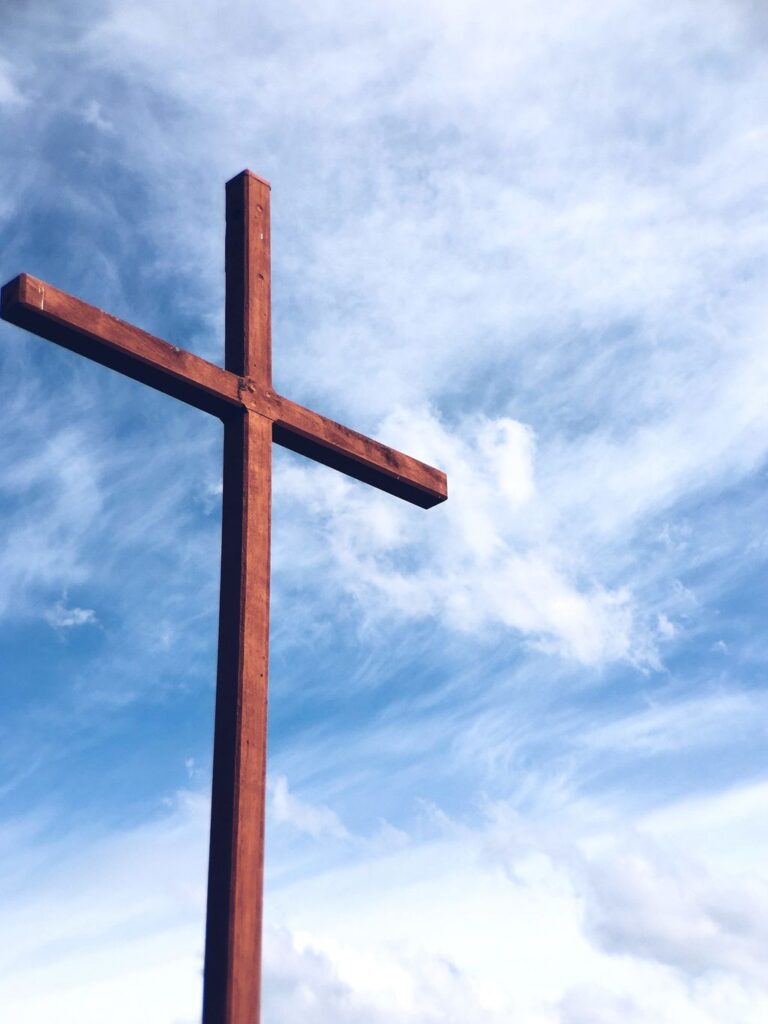
12. **Beyond Dogma: Michael in Bahá’í Faith and Gnosticism**
While Archangel Michael does not feature explicitly or publicly in the foundational writings of the Bahá’í Faith by Baha’u’llah, ‘Abdu’l-Baha, Shoghi Effendi, or even the Universal House of Justice, some Bahá’í publications offer intriguing interpretations of his symbolic significance. Within certain Bahá’í theological analyses interpreting the Book of Revelation from the New Testament, Baha’u’llah himself is conceptualized as the “chief prince of Persia.” In this symbolic framework, he is seen as the prophesied Michael who would achieve the “final victory over the dragon,” representing the triumph of divine revelation over forces of opposition and darkness.
This symbolic identification draws a fascinating parallel to Jewish mysticism, where Michael is sometimes considered an emanation of Hod, which signifies “glory.” This connection resonates deeply with the very name “Baha’u’llah,” which translates to “Splendor or Glory of God,” thus creating a powerful spiritual and linguistic link between the ancient archangel and the central figure of the Bahá’í Faith, albeit through interpretative lenses rather than direct mention. It underscores how enduring spiritual archetypes can be re-interpreted across different religious contexts.
Venturing into older esoteric traditions, Gnosticism, a diverse set of ancient religious beliefs, also presents a distinct, and at times darker, portrayal of Michael. In the *Secret Book of John*, a second-century Gnostic text discovered among the Nag Hammadi codices, Michael is assigned a somewhat ambiguous role. He is described as being in control of a group of demons who assist Yaldabaoth, the demiurge often seen as a malevolent creator, in the creation of Adam. This positions Michael among six other named figures—Uriel, Asmenedas, Saphasatoel, Aarmouriam, Richram, and Amiorps—suggesting a complex involvement in the lower, material creation, quite distinct from his benevolent roles elsewhere.
Further illuminating his Gnostic presence, Origen of Alexandria, in his work *Against Celsus*, mentions that Michael was symbolically represented as a lion on the Ophite Diagram. The Ophites were a Gnostic sect known for their veneration of the serpent, often seen as a symbol of knowledge. This depiction as a lion, a powerful and regal creature, within the complex symbolic system of Gnosticism, points to a multifaceted understanding of Michael that diverges significantly from the more conventional Abrahamic portrayals, showcasing the sheer breadth of his ancient, mystical presence.
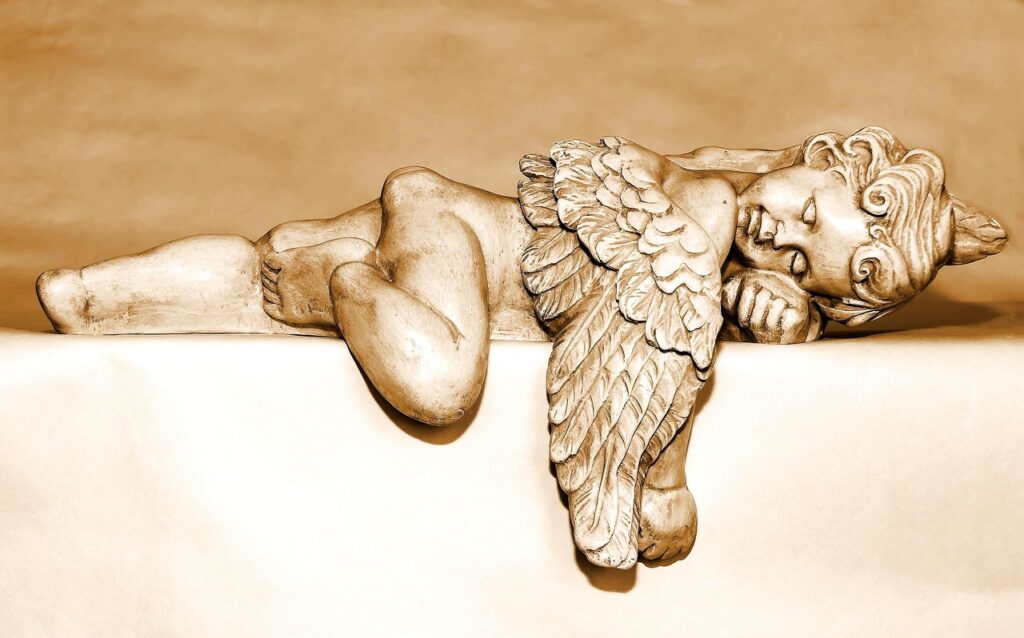
13. **Feasts, Patronages, and Enduring Commemorations**
Archangel Michael’s pervasive influence is vividly reflected in the numerous feasts and patronages dedicated to him across diverse Christian traditions, celebrating his multifaceted roles and legendary interventions. In the General Roman Calendar, the Anglican Calendar of Saints, and the Lutheran Calendar of Saints, his principal feast is commemorated on Michaelmas Day, September 29th, a day often extended to honor Saints Michael, Gabriel, and Raphael. The Eastern Orthodox Church, however, holds his primary feast day on November 8th, recognizing him alongside the “Bodiless Powers of Heaven” as their Supreme Commander, and additionally observes the Miracle at Chonae on September 6th.
Regional calendars highlight further specific devotions. In the Church of England diocese of Truro, May 8th is dedicated to St. Michael as Protector of Cornwall, reflecting his status as one of Cornwall’s three patron saints. Anglo-Catholics also observe the Feast of the Appearing of S. Michael the Archangel on May 8th, a date that until 1960 was also recognized in the Roman Catholic Church, commemorating his legendary apparition on Mount Gargano in Italy. The Coptic Orthodox Church, with its unique liturgical calendar, dedicates the 12th of each Coptic month to Michael, with special feasts on the 12th of Hathor and Paoni, emphasizing his continuous spiritual presence.
Beyond liturgical celebrations, Michael’s patronage extends over a vast array of groups and places. In late medieval Christianity, he, alongside Saint George, became the quintessential patron saint of chivalry. This powerful association endures today, making him the patron saint of police officers, paramedics, and military personnel—a testament to his identity as a protector against evil. His significance grew even further after the victorious Battle of Lechfeld in 955, establishing him as the patron saint of the Holy Roman Empire and, by extension, the Germans.
Michael’s protective aura also inspired the creation of prestigious chivalric orders. France, in the mid-fifteenth century, established the Order of Saint Michael in 1469, recognizing the archangel’s primordial “deed of knighthood and chivalrous prowess.” Similarly, the British honours system founded the Order of St Michael and St George in 1818, cementing his enduring association with martial valor and honor. The Catholic Church also approved the Scapular of St. Michael the Archangel, allowing the faithful to wear it as a symbol of his protection.
His patronages are remarkably diverse, extending even to the sick and suffering, who consider him their advocate. Based on the 8th-century legend of his apparition, he is revered as the patron of mariners at the iconic Mont Saint-Michel in France. Following the evangelization of Germany, many mountains, previously dedicated to pagan deities, were symbolically placed under his patronage, leading to numerous mountain chapels. In Spain, the Sanctuary of San Migel Aralarkoa, an ancient devotion of Navarre and eastern Gipuzkoa, stands as a champion against paganism and heresy, symbolizing the defense of Catholicism and Basque values. Cities from Brussels to Kyiv, and Arkhangelsk to Linlithgow, proudly claim him as their patron, illustrating his global spiritual footprint. Modern military units, like the U.S. 82nd Airborne Division and French paratroopers, also venerate him, displaying his image as a symbol of strength and protection.
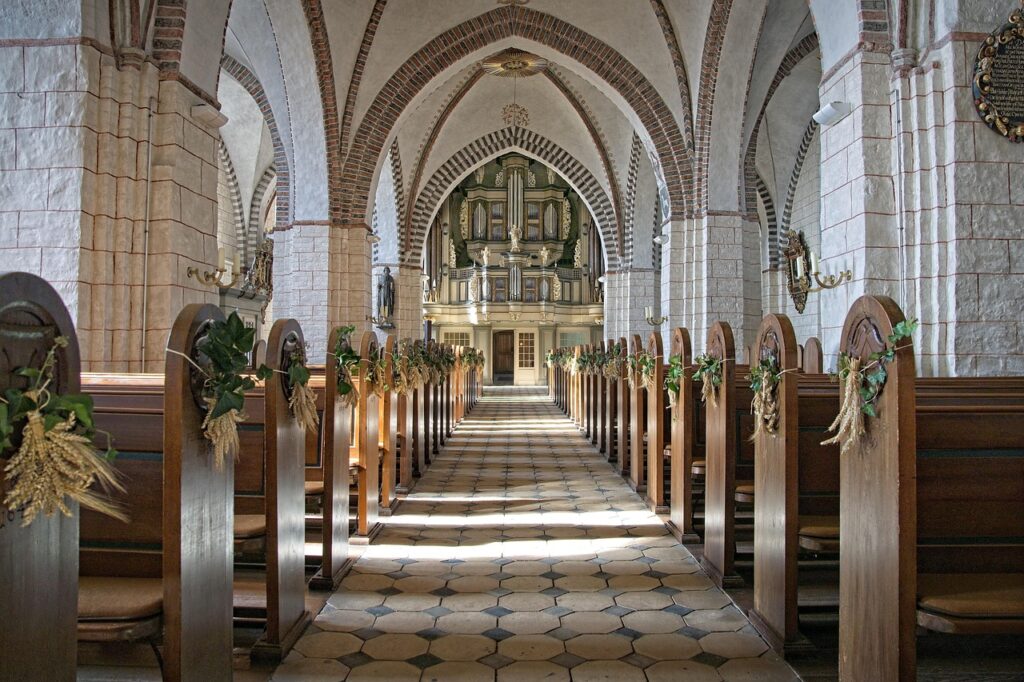
14. **Legendary Apparitions and Cultural Resonance**
Archangel Michael’s story is further enriched by a tapestry of legends and apparitions that span millennia, reflecting humanity’s deep yearning for divine intervention and protection. Jewish tradition recounts Michael’s active involvement in historical events, from reportedly bringing Nebuchadnezzar against Jerusalem and later freeing his nation from Babylonian captivity, to saving Hananiah and his companions from the fiery furnace. He was also said to be instrumental during the time of Esther, defending Israel against Haman’s accusations and reminding Ahasuerus of Mordecai’s due, even appearing to the high priest Hyrcanus. A more ancient legend suggests Michael was the chief of a band of angels who questioned God’s decision to create man, with all but Michael consumed by fire.
Christianity boasts numerous tales of Michael’s direct intervention, none more celebrated in the East than the Miracle at Chonae, commemorated on September 6th. The pious legend details how John the Apostle foretold Michael’s appearance at a healing spring, where a church was built in gratitude. When local pagans attempted to destroy the church by redirecting a river, the Archangel, described as appearing “in the likeness of a column of fire,” miraculously split the bedrock, diverting the flow and saving the sacred site. This foundational legend shaped paradigms for approaching angelic intermediaries for more effective prayer within early Christian culture.
In the Western world, another late-fifth-century legend places Michael’s apparition before fishermen on St Michael’s Mount in Cornwall, England, a tale that has since become intertwined with local identity. More famously, the legend of his apparition around AD 490 at a secluded hilltop cave on Monte Gargano in Italy gained immense popularity among the Lombards. By the eighth century, pilgrims traveled from as far as England to this site, which became a major Catholic pilgrimage destination. The feast of this apparition on May 8th was long observed, especially after a significant victory over the Greek Neapolitans in 663, attributed to Saint Michael’s intervention.
Roman legends also tell of Archangel Michael appearing with a sword over the Mausoleum of Hadrian during a devastating plague, seemingly in answer to the prayers of Pope Gregory I the Great. Upon the plague’s cessation, the mausoleum was fittingly renamed “Castel Sant’Angelo,” or “Castle of the Holy Angel,” a name it retains to this day. Norman legend attributes the very foundation of the iconic Mont Saint-Michel to Michael, who is said to have appeared to St Aubert, Bishop of Avranches, in 708, instructing him to build a church on the rocky islet, leading to the renowned Benedictine abbey that stands there today as a major pilgrimage site.
Even into more modern times, private revelations and apparitions have been reported. A Portuguese Carmelite nun, Antónia d’Astónaco, reported an apparition of the Archangel in 1751, leading to the nine special invocations of the Chaplet of Saint Michael, approved by Pope Pius IX in 1851. From 1961 to 1965, four schoolgirls in Garabandal, Spain, reported several apparitions of Michael, primarily announcing the arrival of the Virgin Mary, though these events remain unapproved by the Catholic Church. Beyond these personal encounters, Michael’s imposing and inspiring figure has permeated literature, notably John Milton’s *Paradise Lost*, music with compositions like Marc-Antoine Charpentier’s oratorio, and centuries of iconic art, solidifying his place not just in faith, but in the enduring cultural imagination of humanity.
From the cryptic verses of ancient Jewish apocrypha to the solemn pronouncements of modern faiths, Archangel Michael remains an indelible figure whose narrative transcends mere theological doctrine. His journey from Israel’s vigilant guardian to the celestial commander who casts out evil, from a compassionate healer to the precise weigher of souls, speaks to humanity’s deepest spiritual needs and aspirations. Across diverse traditions, he stands as a beacon of divine protection, justice, and mercy, an eternal testament to the enduring power of faith and the complex, beautiful tapestry of religious belief. Michael’s story, rich with combat and comfort, judgment and grace, continues to inspire, guide, and challenge us, ensuring his celestial legend resonates profoundly across every corner of the human experience.”

